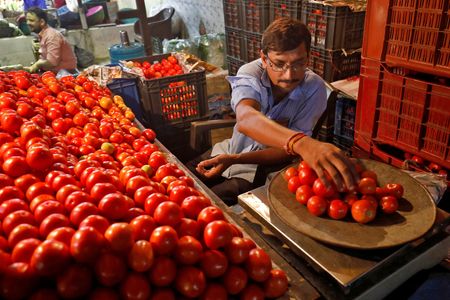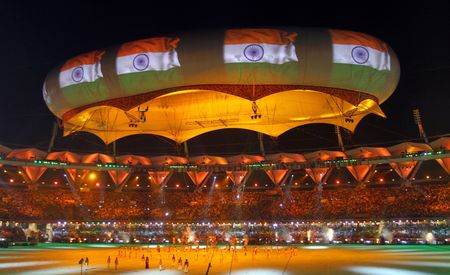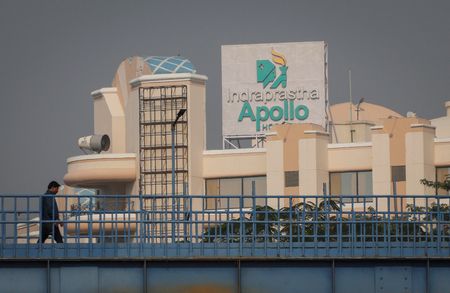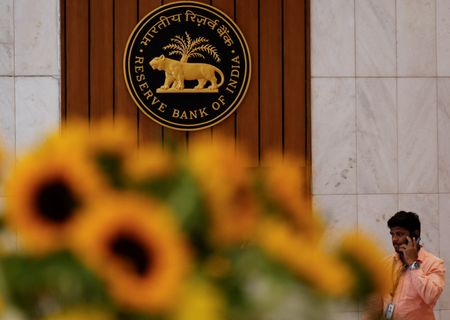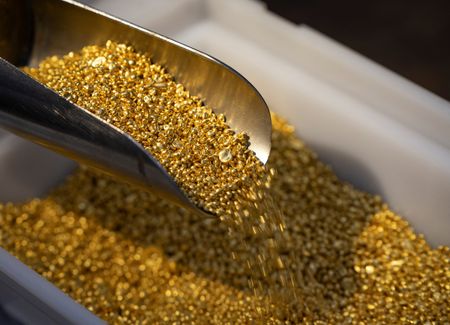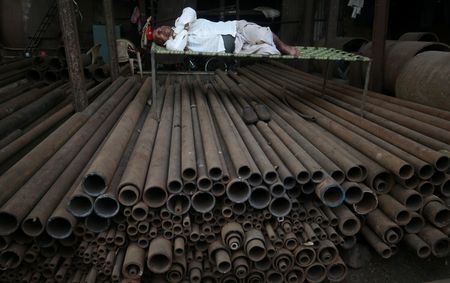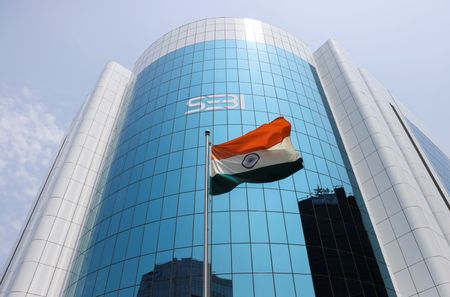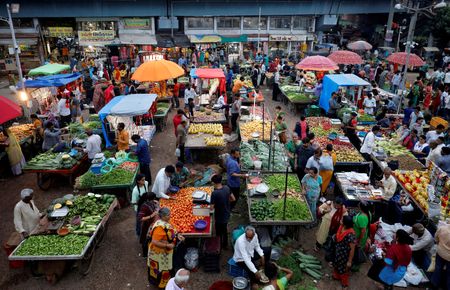(Reuters) – India’s retail inflation in July eased below 2% for the first time in eight years, on the back of falling prices of food items including vegetables and pulses, hurting some farmers, but will have limited impact on the central bank’s policy decision.
COMMENTARY:
KUNAL KUNDU, INDIA ECONOMIST, SOCIETE GENERALE, BENGALURU
India’s headline inflation dropped below the RBI’s target band of 2.0-6.0% for the first time since the pandemic and printed at 1.6% YoY, a near 15-year low and the sixth consecutive reading below RBI’s median inflation target of 4.0%.
That said, the sharp decline In India’s July headline CPI is attributable to a rather high statistical base effect. With the high base effect continuing till the end of 2025, we expect headline CPI to remain well within the central bank’s median target going forward.
We continue to expect two more rate cuts by the RBI as inflation remains modest and growth takes a hit as tariff linked uncertainty takes a toll.
RADHIKA RAO, SENIOR ECONOMIST, DBS BANK, SINGAPORE
“This disinflationary trend was food-led, followed by ex-gold services.
Base effects have also played a dominant hand, reflected in the slowdown in the food and beverages segment, while sequential momentum rose on seasonal monsoon-related supply vagaries.
As base effects recede, headline inflation is expected to return to above 4% by early-2026. This, alongside the optimism on the growth momentum, convinced the central bank to maintain a neutral pause this month. Non-committal policy guidance has raised the bar for further rate reductions.”
MADAN SABNAVIS, CHIEF ECONOMIST, BANK OF BARODA, MUMBAI
“Inflation numbers are on expected lines and would be so for this quarter too. Hence, the impact on policy decision will be muted as this has already been buffered. The tariff issue could have some impact on crude oil price for India, but the impact, if at all, would be more on WPI as the CPI components are regulated by the government.”
ADITI NAYAR, CHIEF ECONOMIST, ICRA, GURUGRAM
“ICRA expects the CPI F&B print to revert to an inflation in August 2025 (vs. +5.3% in August 2024) from deflation of 0.8% in July 2025 (+5.1% in July 2024). Consequently, the headline CPI inflation is likely to inch up to ~2.0% in August 2025 from 1.55% in July 2025, with an average CPI inflation of 3.0-3.2% in FY2026.
The expected uptrend in the forward-looking inflation trajectory, particularly the 4%-plus prints for Q4 FY2026 and Q1 FY2027, would limit the space for rate cuts in the upcoming policy meetings.”
SUJAN HAJRA, CHIEF ECONOMIST & EXECUTIVE DIRECTOR, ANAND RATHI GROUP, MUMBAI
“The RBI’s already-lowered 12-month forecast may be undershot, raising the likelihood of further rate cuts, particularly as U.S. tariffs could shave 30–40 bps off GDP growth.
While lower rates support equities and debt, subdued inflation may limit nominal GDP, earnings, tax revenues, and credit growth. Nonetheless, moderating prices alongside resilient real growth remain broadly positive for India’s financial markets.”
SACHCHIDANAND SHUKLA, GROUP CHIEF ECONOMIST, LARSEN & TOUBRO, MUMBAI
“The ninth straight fall in CPI might just have signaled the bottoming of inflation. While the low base will ensure a few more benign readings in the coming months, the point to keep in mind from policy perspective is that exit inflation for FY26 i.e. in March 26 would be 3X higher from here.”
SAKSHI GUPTA, PRINCIPAL ECONOMIST, HDFC BANK, GURUGRAM
“The inflation print was broadly in line with expectations and does not change the outlook on monetary policy as the RBI lowered inflation forecast for the year in its August policy.
If tariff rates for India are closer to 25% or higher, the space for another rate cut in October could open up.”
(Reporting by Hritam Mukherjee, Ananta Agarwal, Kashish Tandon, Ira Dugal, Anuran Sadhu; Editing by Janane Venkatraman and Harikrishnan Nair)

